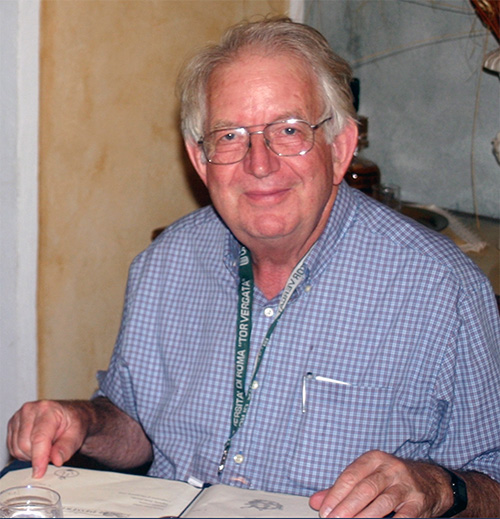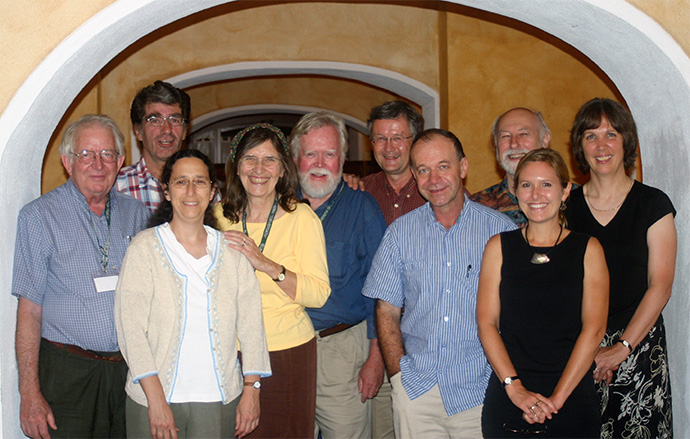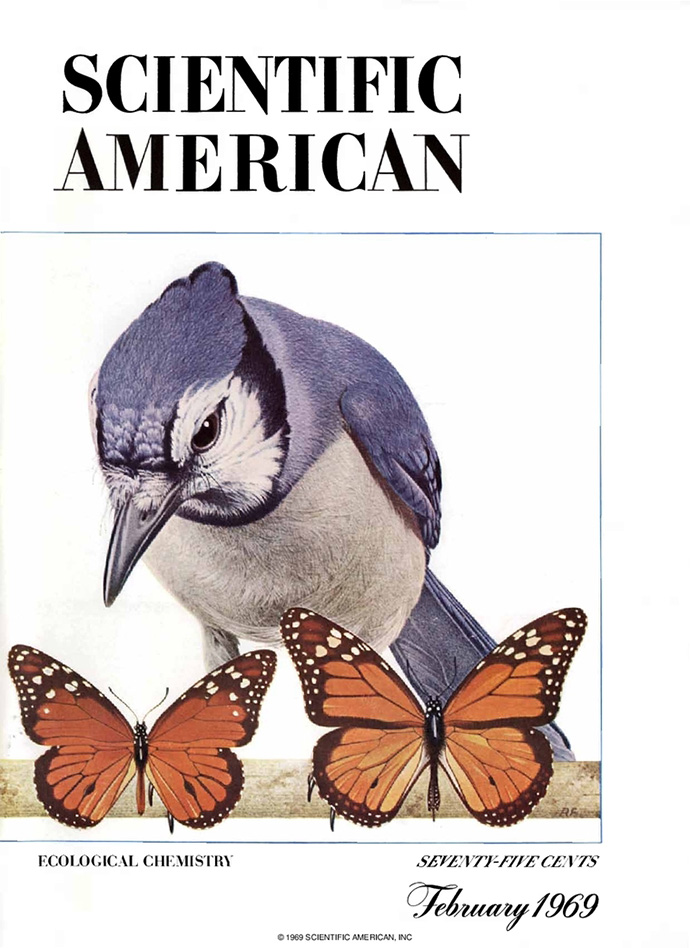Dr. Lincoln Brower
Thursday, August 2nd, 2018 at 10:48 pm by Chip TaylorFiled under General | Comments Off on Dr. Lincoln Brower
An appreciation for Dr. Lincoln Brower who passed away on 17 July 2018 at his home in Virginia.
If you are familiar at all with monarch butterflies, you are certainly familiar with some of Linc’s many contributions to our knowledge of monarchs. Linc was a leader, often a singular voice on behalf of the monarch migration. It was through his advocacy and work with the Mexican government that the Monarch Butterfly Biosphere Reserve (MBBR) was established to protect the overwintering monarch population in Mexico. Linc was among the first to recognize that the weakest portion of the monarch’s annual cycle is the formation of the overwintering colonies within the oyamel forests on a few mountain tops in a relatively small region of central Mexico. He saw that protection of these sites was key to the preservation of the monarch migration and he worked tirelessly to safeguard these locations, sometimes earning the wrath of authorities and some colleagues. Yet, he was steadfast in his advocacy. To understand the relationship of the forest and the overwintering population, Linc, along with colleagues, undertook numerous studies to document everything from the microclimates of the forest to overwintering mortality due to predators and winter storms.
He was also a pioneer in the studies of plant/insect/predator interactions through his classic studies of the importance of cardenolides in milkweeds that provide protection to monarchs that consume the foliage as larvae. Through these studies he became a major contributor to the emerging field of ecological chemistry. The singular, and now iconic, picture of a young blue jay on the cover of Scientific American in 1969 had the effect of drawing attention to the complexities of plant/insect and predator relationships within and outside of mimicry complexes involving butterflies and other insects. This was the stuff of textbooks and courses in ecology and entomology. The diversity and quality of Linc’s many publications were recognized by numerous organizations that support conservation and by the scientific community as well. In 2007, on occasion of his 75th birthday, the Fifth International Conference on the Biology of Butterflies held a meeting in Rome at which Linc was honored for his scientific achievements. Two pictures from that event are provided below.


Lincoln Brower, Michael Boppre, Linda Fink, Toni Taylor, Chip Taylor, Steve Malcolm,
Myron “Meron” Zalucki, Dick Vane-Wright, Sonia Altizer, Karen Oberhauser
Lincoln Brower and I go back a long way. I first met Linc while working as Dr. Charles Remington’s assistant at Yale in 1960. Linc earned his PhD at Yale (1957) and frequently returned to visit with colleagues. Encounters with Linc were rare in the early years of my career. I worked on hybridization in sulphur butterflies for my PhD and through my early years at the University of Kansas. By 1973 it became clear that I was becoming increasingly, and dangerously, allergic to these butterflies forcing me to reinvent my self as a honeybee biologist studying Neotropical African honey bees (killer bees), an episode that lasted 22 years. As a person fascinated with butterflies, I followed Linc’s work on monarchs with interest throughout these early decades of my career. He may have known a bit about my work as well. Given changes in funding for honeybee research that were on the horizon, I decided to become involved with monarchs starting with a tagging program in 1992.
This brought me into contact with Linc once again. Though I thought I was well informed about monarchs, I was in fact quite naïve and I remember declaring to Linc that I thought there must certainly be other monarch overwintering sites. He was a bit bemused and gentle with me and with a bit more experience I soon abandoned the notion that the monarchs held secrets that Linc didn’t know. Because of my work with monarchs, Linc and I participated in a number of of the same meetings and have been members of organizations that have promoted monarch conservation. Through our interactions I found Linc to be the consummate protectionist, seeking always to maintain the status quo and resisting change. I’m more of a pragmatist in that I’m more willing to accept that there are processes in place that we can’t change but need to adjust to. He perhaps saw me as being too willing to accept change and I saw him as quite ridgid. These approaches clashed from time to time but, to both our credits, these relatively unimportant differences never became public. Nevertheless, as I pointed out to Linc in an email shortly before his death, though we saw things differently from time to time, we had always been on the same side in wanting the monarch migration to continue for generations to come.
Links to obituaries for Dr. Lincoln Brower and a blue jay/monarch story are found below.
Sweet Briar College:
http://sbc.edu/news/renowned-monarch-butterfly-expert-lincoln-brower-dies-but-his-legacy-lives-on/
New York Times:
https://www.nytimes.com/2018/07/24/obituaries/lincoln-brower-champion-of-the-monarch-butterfly-dies-at-86.html
LA Times:
http://www.latimes.com/local/obituaries/la-me-lincoln-brower-20180720-story.html
Monarch Joint Venture:
https://monarchjointventure.org/news-events/news/remembering-lincoln-brower-a-world-renowned-monarch-conservation-leader
Science Friday:
https://www.sciencefriday.com/articles/the-case-of-the-barfing-blue-jay/



Sorry, comments for this entry are closed at this time.